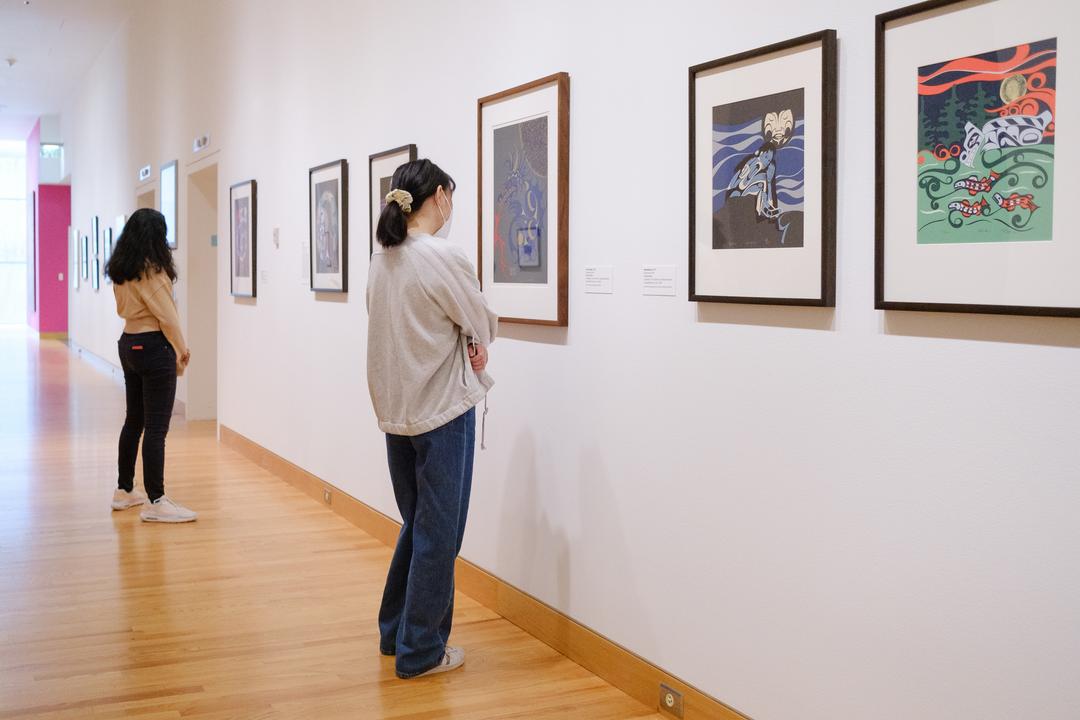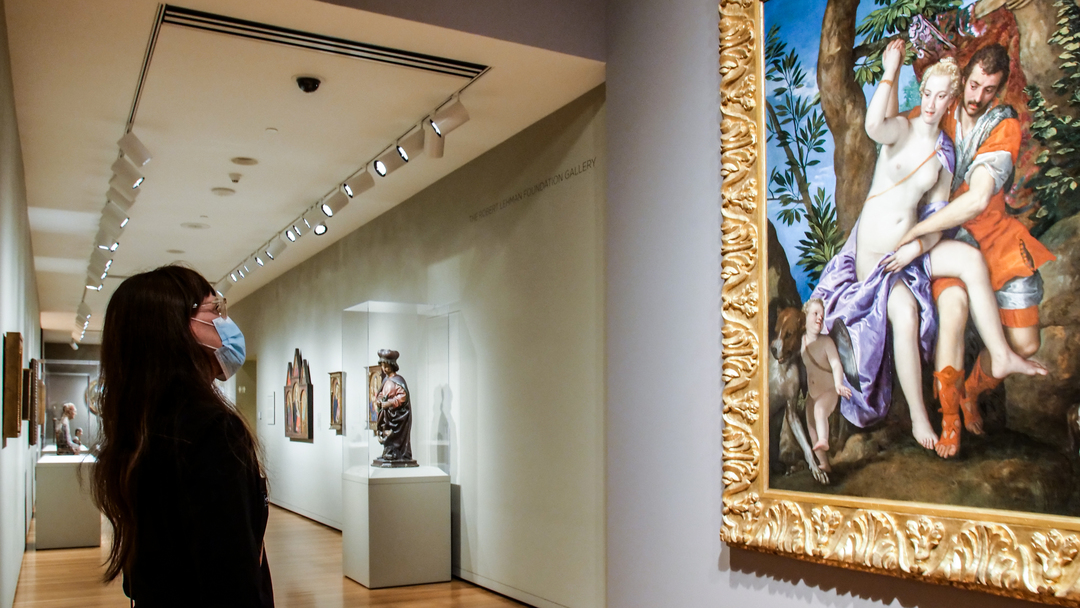Muse/News: Native Culture, T. Rex Turns, and Digital Benin
SAM News
November is Native American and Alaskan Native Heritage Month. For The Spectator, McKenna White shares resources for learning and engaging from Seattle University’s Indigenous People’s Institute (IPI); the article also references art to see around the city, including at SAM. And Seattle Met recommends SAM show Indigenous Matrix: Northwest Women Printmakers, on view now through December 11.
Local News
Margo Vansynghel of Crosscut with a deep dive into the past, present, and future of Paul Allen’s estate and foundation.
The Seattle Times’ Grace Gorenflo on the Pacific Science Center’s 60th anniversary and their plans to survive into the future.
Grace’s colleague Jerald Pierce continues their series of “frontline favorites,” this time visiting with a Burke Museum staff member and a “T. rex rotisserie.”
“Usually, you go to a museum and you look at the objects and they’re all pretty and they’re all on exhibit and we just go, ‘ta-da!’” [visitor services specialist Connie] Eggers said. “But nobody sees what happens before that. Stuff like this goes on in every museum, but the visitors don’t get to see it.”
Inter/National News
“How the Lucas Museum Plans to Tell Riveting Stories Through Art”: The forthcoming museum’s director and CEO Sandra Jackson-Dumont appears on Artnet’s Art Angle Podcast.
“Paul G. Allen and the Art He Didn’t Sell”: Blake Gopnik for the New York Times on Paul Allen’s wide-ranging collection, and the possible real-life future of his more sci-fi works.
Tessa Soloman for ARTnews on the launch of Digital Benin, a database of “looted artworks from the Kingdom of Benin.” SAM was among the first institutions to engage with the project; you can also learn more in our galleries in Benin Art: Collecting Concerns.
“Digital Benin currently identifies 131 institutions across 20 countries with Benin cultural heritage in their collections. Entries include provenance details provided by participating institutions, high-resolution images, and the title of the work in the English and Edo languages. Visitors to the website can also access a collection of oral histories narrated by Benin artists and elders that expand on the significance of the artworks to local art and culture.”
And Finally
– Rachel Eggers, SAM Associate Director of Public Relations
Photo: Alborz Kamalizad.

